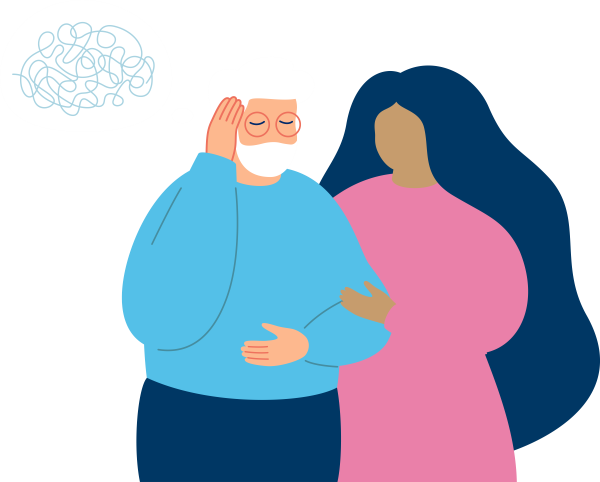Last week I wrote about the impact of self-injurious behaviour in people with a learning disability on those that support them. This form of challenging behaviour is highly prevalent in people with severe and profound learning disabilities, people with autism spectrum disorders and those with sensory disabilities. It is noted that the prevalence of SIB increases with the severity of learning disability. There is a greater tendency to self-injure reported in those who display repetitive behaviours such as hand flapping, rocking and pacing and those who are impulsive and find it hard to wait, becoming distressed if things do not happen as they would like.
It is likely that if you work with people with learning disability you may recognise some of the traits mentioned here and can link this to individuals you know who display this type of behaviour.
If you are still struggling with the impact of self-injurious behaviour then it is helpful to consider pain and discomfort as a possible cause. People with severe learning disabilities are more likely to suffer health problems such as epilepsy, gastro intestinal issues and respiratory illness. Where they are unwell and suffer chronic pain, it is likely that they find it hard to express this to those around them.
It is also possible that this self-injury may be learned behaviour, used to affect an outcome, either a positive reinforcement or a negative one. An example could be the person who indulges in hand biting to gain staff attention and support; conversely the person who commences self-injury in response to being asked to do something, which is immediately withdrawn as a consequence.
It can be seen in cases where self-injury provokes an instant response from others, that the behaviour may actually be a means of drawing attention to the individual for the purpose of social interaction.
Often the action of self-injury provides the person with a form of sensory stimulation which they find pleasurable. Although this may seem bizarre, it is not unusual, for example, for people with visual impairments to gain sensory feedback from eye-poking, since this can create flashing sensations as a result of nerve responses. In extreme circumstances, people may find the taste or smell of blood compelling, creating the impulse to scratch and pick.
In considering the management of self-injurious behaviour, it is vital that you investigate these and other possible causes. It is possibly simplest to eliminate a physical cause such as pain through medical investigations. However, in all cases, a thorough assessment of the behaviour is essential to establish the circumstances in which it occurs.
This may seem like stating the obvious; I hope that it is. But as the weight of evidence suggests that self-injury is a feature of severe and profound learning disability, it is really important that we do not fall into the trap of accepting it as inevitable.
Virginia Tyler – QCS Expert Contributor on Learning Disability






